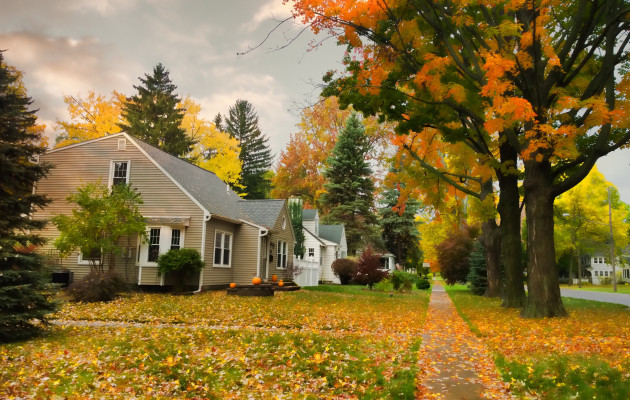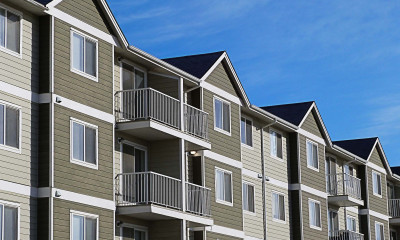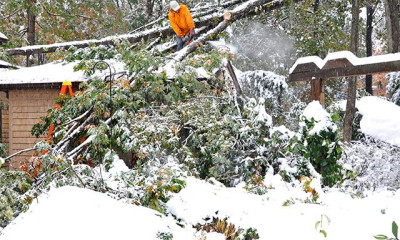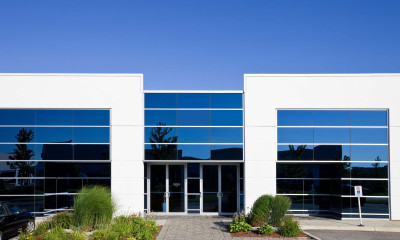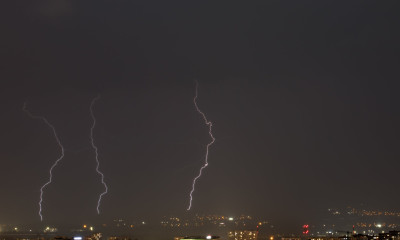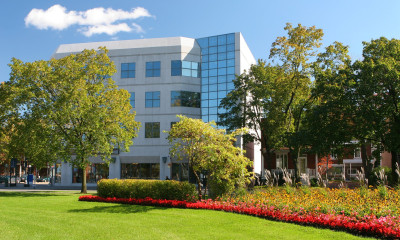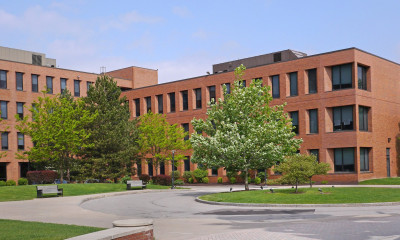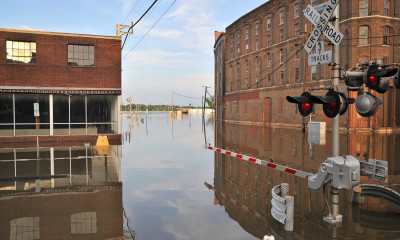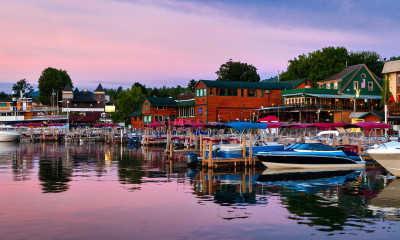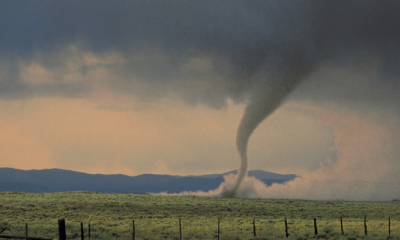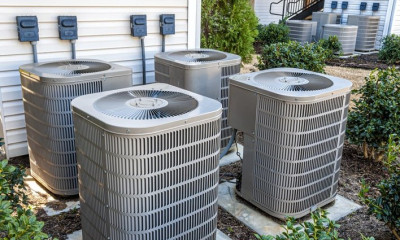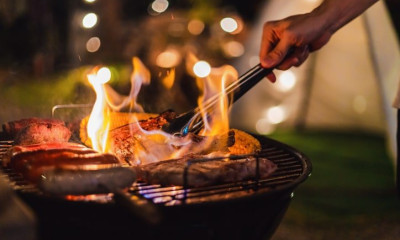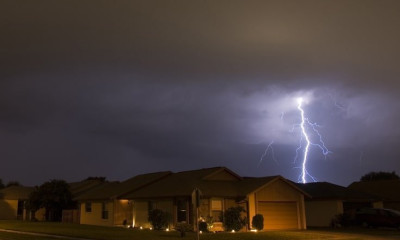How Property Owners Can Prevent Fall & Winter Season Fires
As the leaves begin to change and the autumn chill sets in, home and business owners should not only begin preparation for winterizing boats or cars, but also check for safety risks at their property ahead of the winter season.
Many property owners don’t realize that there is an inherent fire risk involved in transitioning a home or business from summer to winter operations. Even though it may have only been a few months since you last utilized your heating system, woodstove or fireplace and chimney, restarting them without proper inspection is not recommended.
Home fires generally increase in frequency during the fall and winter. The uptick in residential fires isn’t just due to holiday decorations and cooking mishaps. According to the Red Cross,* the second leading cause of home fires is heating sources.
At Adjusters International/Basloe, Levin & Cuccaro (AI/BLC), we have guided many property owners through financial recovery following fires. In our experience, if you are diligent about taking the steps to prevent seasonal home fire risks, it could save you money, grief, and time in the long run. Here are a few winter fire prevention tips from our expert public adjusters:
Examine the Risks
Ahead of the winter season, home and business owners should consider having a professional inspect elements of their property which could pose a fire risk, including but not limited to:
- Ductwork
Dirty ducts can allow a fire to spread faster from one room to another. Ducts that aren’t well maintained or aren’t routed correctly can exacerbate the situation.
- Heating sources (furnaces, boilers)
Gas leaks? and electrical shorts cause many fires, but they are easy to prevent with regular maintenance.
- Electrical wiring and outlets
Old electrical wires might not be up to code, making circuits easier to trip and overload once you turn the heat on.
- Kitchen and bathroom vent fans
Bathroom fans are the most common fire cause our public adjusters at AI/BLC encounter among property owners. Often left on in continuous operation, kitchen and bathroom fans suck in dust, dirt, hair, and more. Over time, these debris can clog the fan’s motor and ultimately combust and lead to a fire.
- Chimneys
An uncapped chimney is the preferred nesting space for many wild animals, from squirrels to birds to raccoons. These nests can reduce the flow of exhaust out of the chimney and become a fire and safety hazard. Additionally, creosote - flaky soft soot that accumulates in your chimney - needs to be cleaned out every year in order to reduce the risk of it igniting.
- Dryer vents
Squirrels and other critters can seek shelter in warm dryer vents as the weather gets colder. This can lead to a blockage that in turn can cause a fire.
Have a Regular Maintenance Plan–and Keep Record of It
One of the most integral parts of protection against disaster is prevention.
Home and business owners should have a set, regular maintenance plan with a certified professional for areas of their property that may play a role in increasing the risk of fire. In the event you have to file an insurance claim, having records of regular maintenance can be crucial in securing fair and just compensation from the insurance carrier. Keeping meticulous records of your property’s upkeep can help you prove that a fire or other disaster was in no way your fault.
What to Do After a Fire
Ultimately, a fire can happen even in the most well cared for building. As tempting as it might be to clean up after disaster strikes, don’t risk losing your evidence. Preserve the site to make sure the full extent of the damage can be documented. This will help you avoid potentially lowering your payout from the insurance carrier.
Should your home or business experience a disaster, an expert public adjuster from Adjusters International/Basloe, Levin & Cuccaro can help you navigate the insurance claims process to receive an optimal settlement. Feel free to contact us today with any questions or to schedule an appointment at aiblc.com/contact-ai/.

